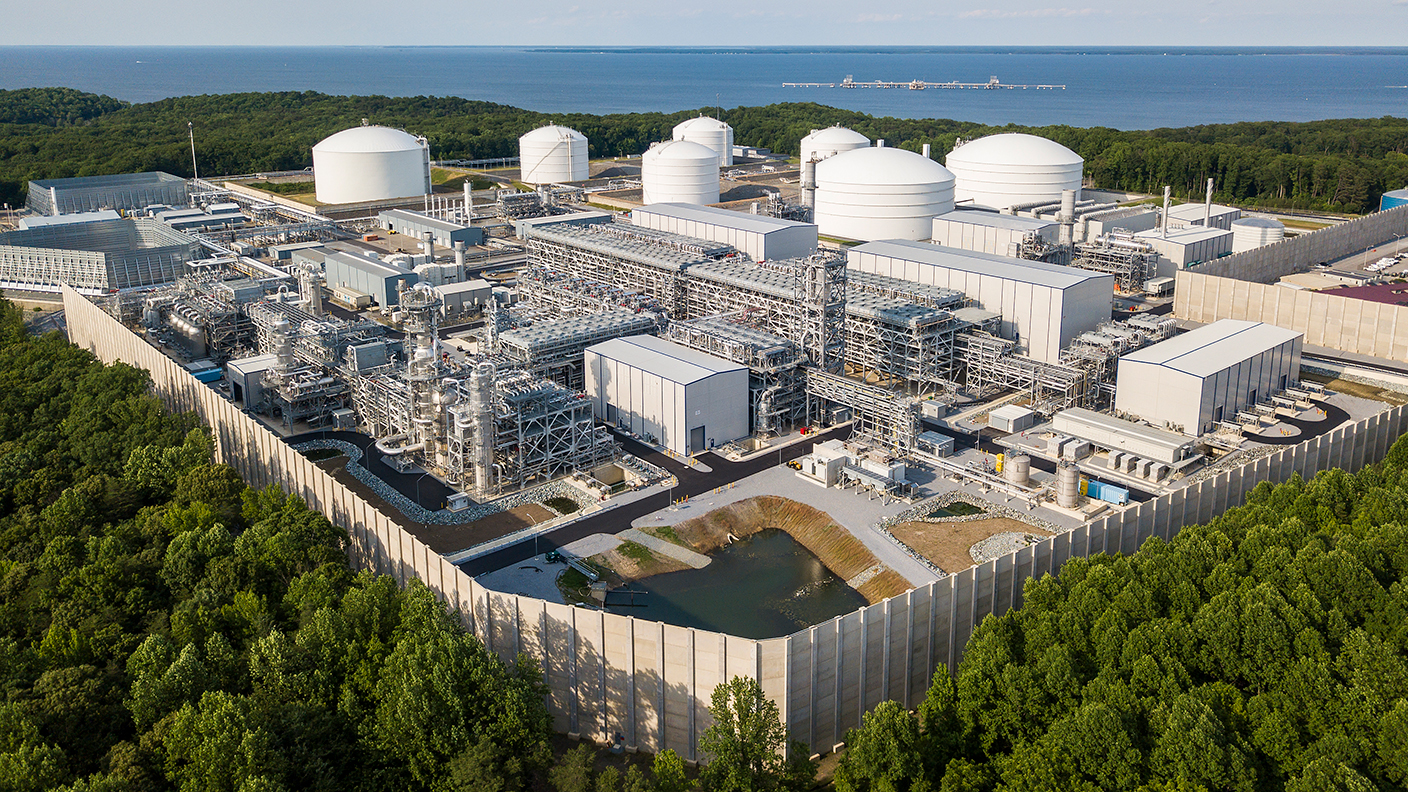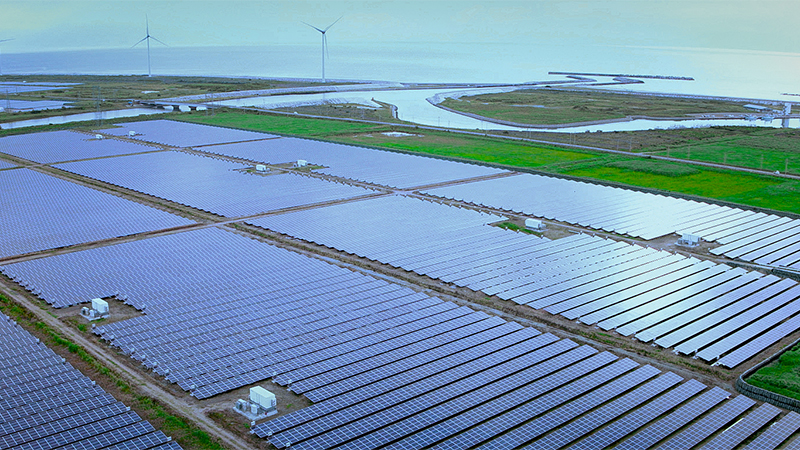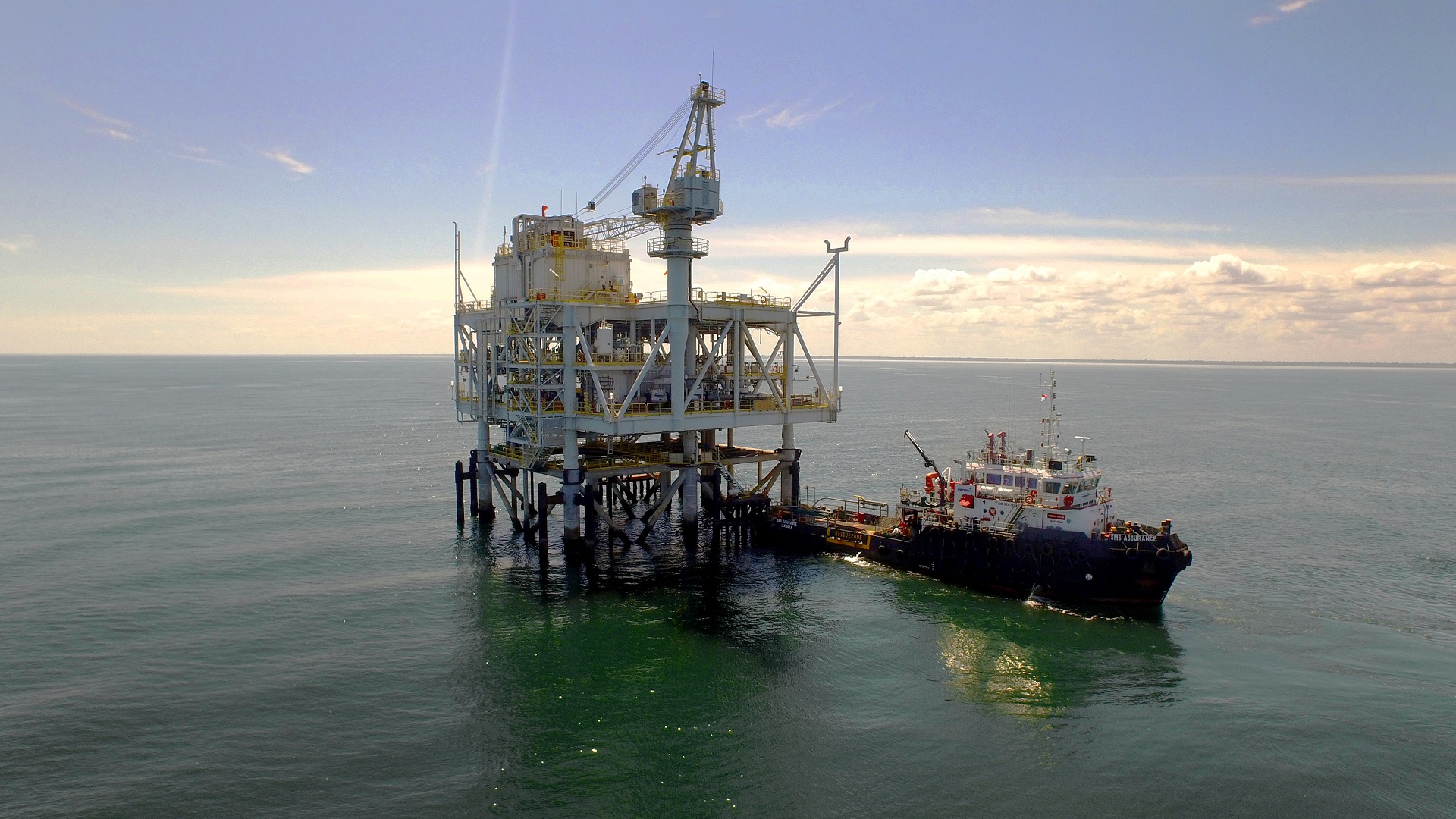
Contributing to big LNG project
Indonesia
Natural gas generates lower levels of CO2 emissions from burning compared with other fossil fuels. The Sumitomo Corporation Group has participated in the liquified natural gas (LNG) development project launched in Indonesia in the 1990s through its member company, LNG Japan Corporation. The project has started operations to produce gas to support many industries and people’s lives in a number of countries in Asia. The following story describes our endeavors to pursue the “mitigation of climate challenge” and “Development of local society and economy” at the same time.
Project name: “Strong”
Natural gas, which emits relatively low levels of CO2 during combustion compared with other fossil fuels and is therefore low in environmental impact, is widely used as a fuel, for example, for thermal power plants. Today, large quantities of natural gas is primarily transported either through pipelines connecting gas production and consumption sites, or by tankers. Tanker transportation is common when supplying natural gas to islands or place where pipeline transportation is not realistic, such as Japan, or remote areas where pipeline transportation is not feasible. For the sake of convenient transportation by tankers, natural gas, which is in a gaseous state at room temperature, is reduced to a liquid state, namely liquefied natural gas (LNG), and 1/600th its original volume by cooling it to minus 162C°.
Momentum to develop the LNG businesses picked up in the 1990s on the back of Indonesia’s major large-scale natural gas field in Papua Barat Province. A project named by President Suharto "Tangguh (meaning "strong" in Indonesian)", was discovered in 1994 to extract natural gas from this field and to ship it as LNG. A number of Japanese companies participated in the Tangguh Project, providing financial and other support. LNG JAPAN CORPORATION, an affiliate of Sumitomo Corporation, was one of the project partners.
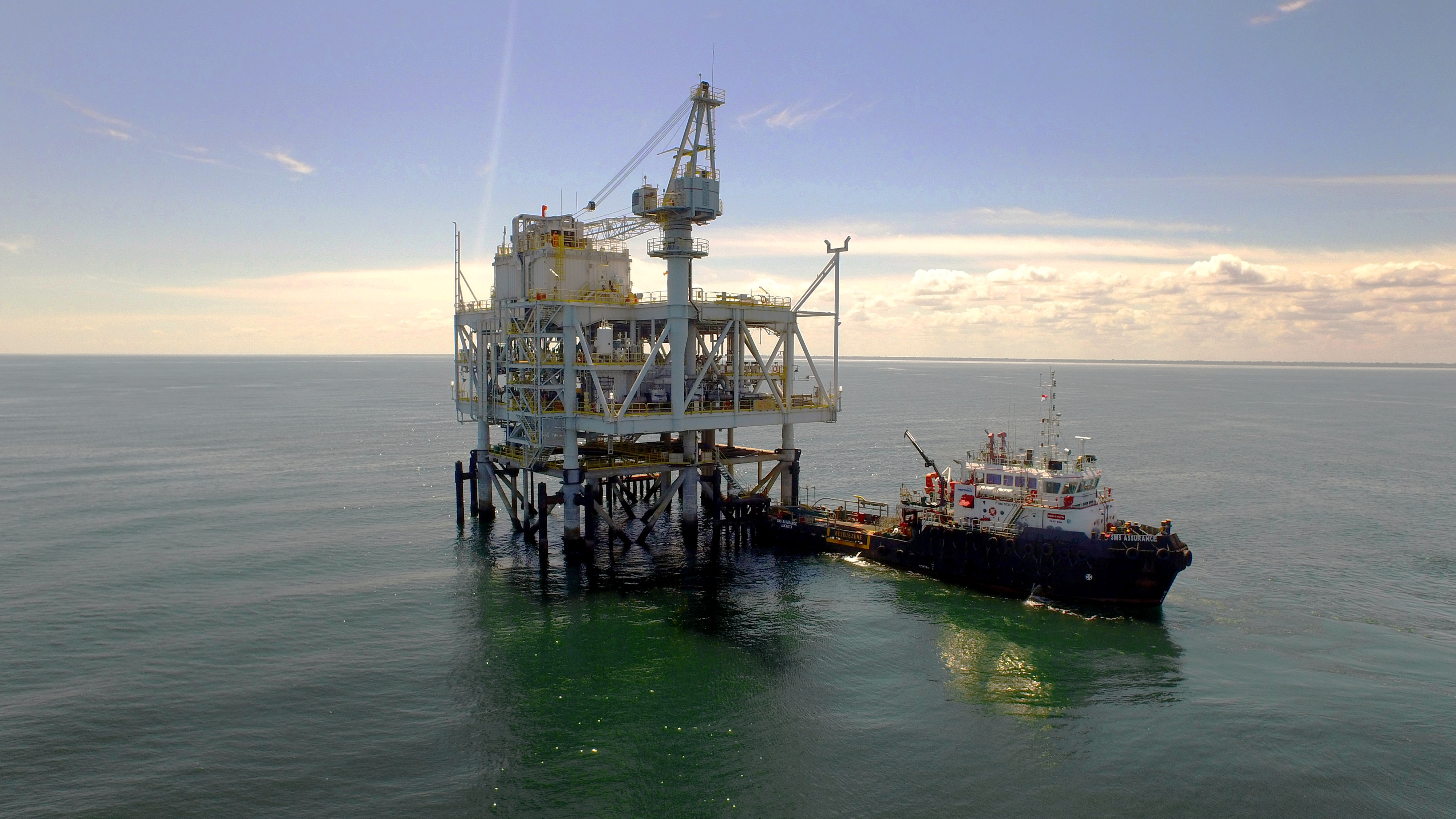
LNG sustains electricity supply after the Great East Japan Earthquake
After the Great East Japan Earthquake on March 11, 2011, the presence of thermal power generation increased, owing to the decrease in power supply sourced by nuclear power plants in Japan. In response, shipment destinations of LNG produced under the Tangguh Project were partially rerouted to Japan to support stable power supply in the country. This LNG Supply helped to carry the modern life of Japanese people even after the earthquake.
Expansion of the Tangguh Project began to be considered in 2012, and a final investment decision was made in 2016 to invest in the expansion work. The LNG facility, which currently produces 7.6 million tons per annum (mtpa), will have additional production capacity of 3.8 mtpa. With 75percent of the additional LNG volume will be supplied to Indonesia's state electricity company, the expansion project will satisfy the country's growing energy demand. The remaining 25percent will be sold to The Kansai Electric Power Company, thus contributing to Japan's national energy security.
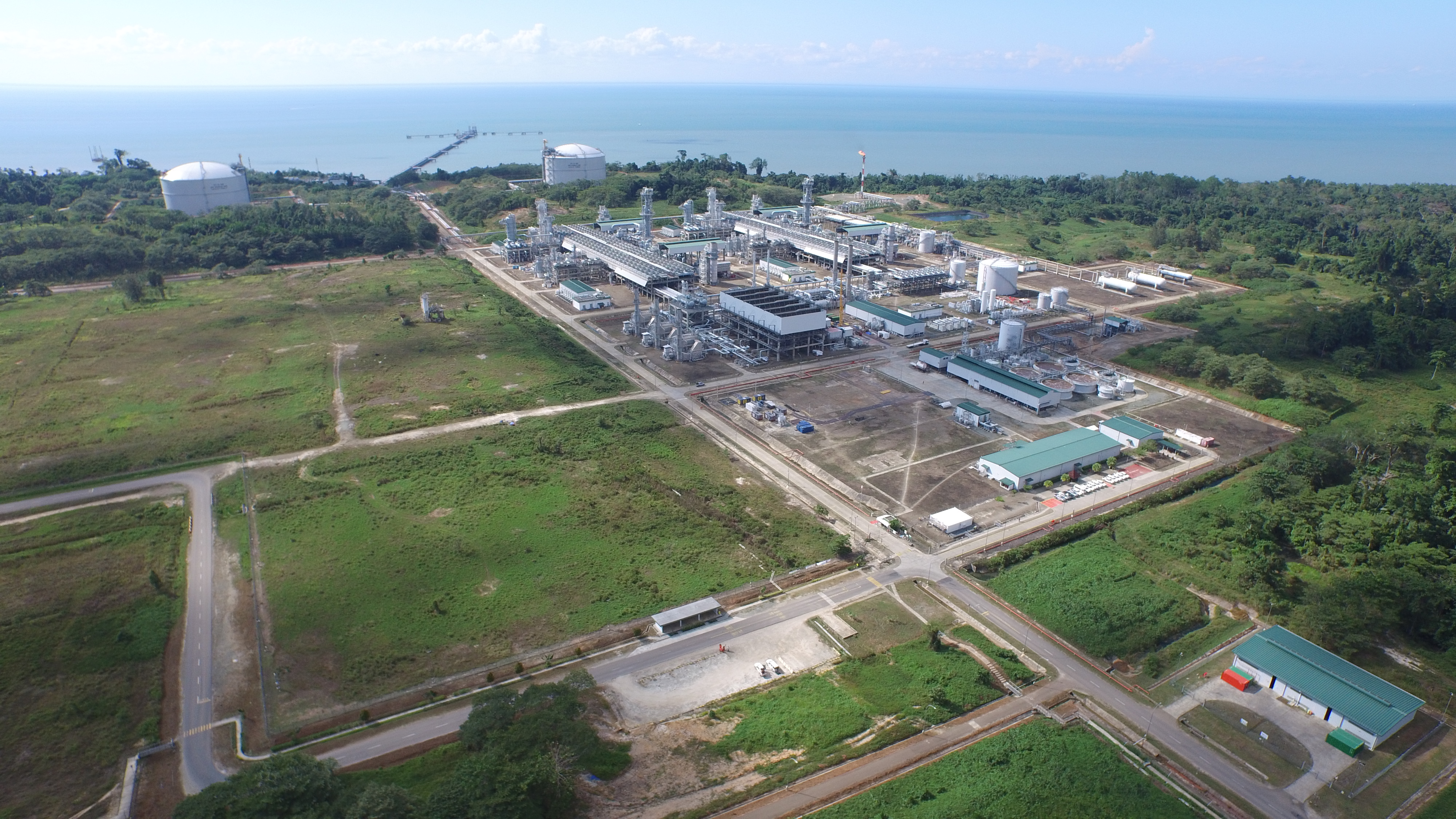
Long-term commitment
LNG projects require a long time to develop. Only few companies are capable of making continuous contributions for over decades of business operations and in finance. Companies are put perseverance to the test during the course of promoting LNG projects.
Sumitomo Corporation will continue to tenaciously pursue LNG project development and operation with the aim of providing stable supplies of natural gas to countries with scarce natural resources, such as Japan and South Korea, and supporting development of the industry and people's livelihood in China and Southeast Asian countries through energy.
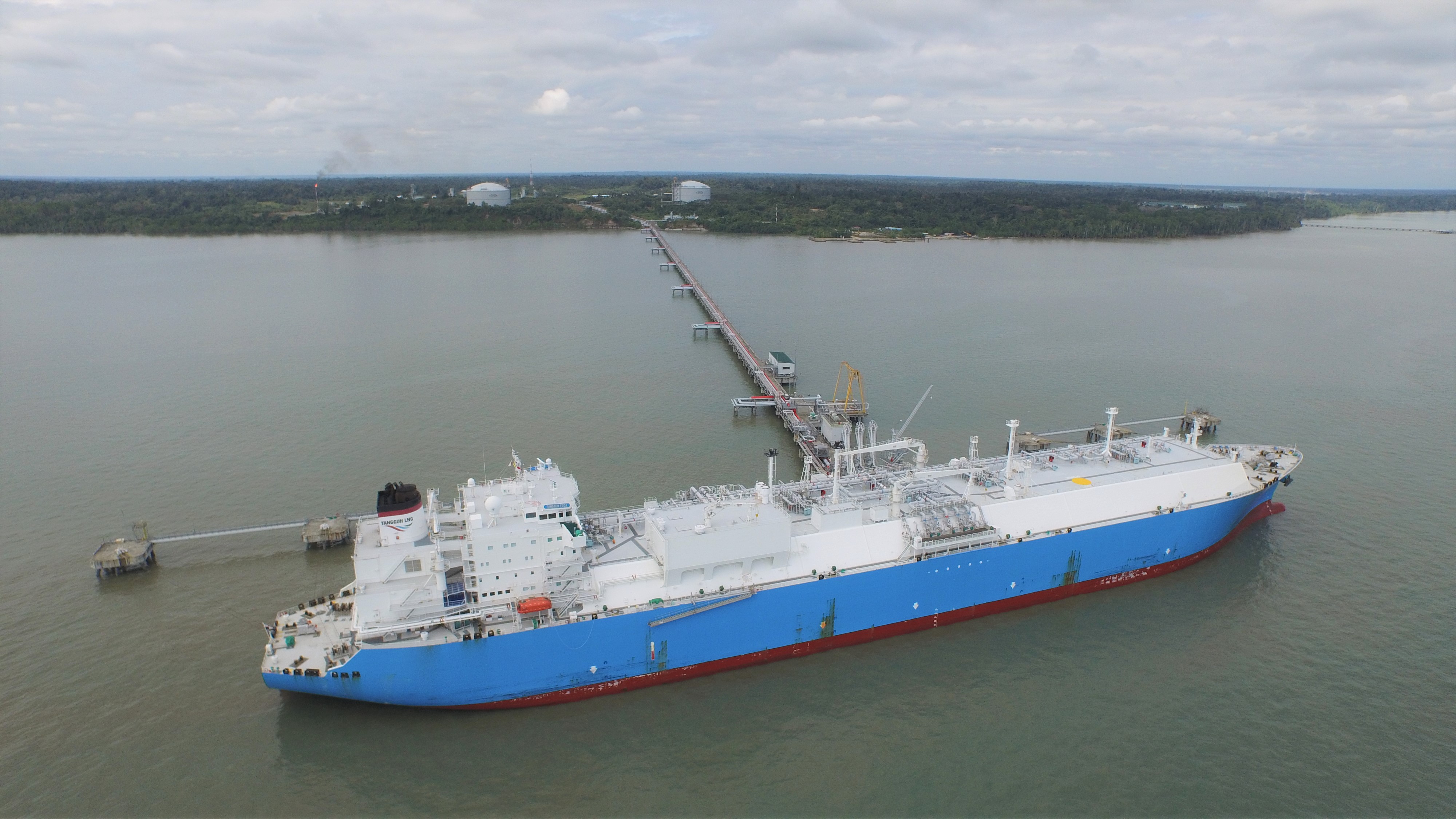
October 2020
Keyword
- Asia and Oceania
- Electric Power Energy
- Energy Transformation Business Group

